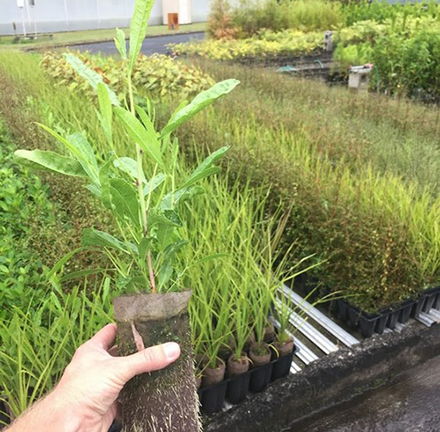The commercial scale production and establishment of indigenous tree species is becoming a reality as tree species propagated in small paper pots survive and thrive. However, not all sites are favourable for tree establishment so it is critical to know if paper pots can be used to plant trees in harsher environments. Source: Timberbiz
The goal of the New Zealand Government to establish 300,000 ha of indigenous forests by 2035 is a contribution to the global effort to slow the rate of climate change, increase forested areas and restore native biodiversity.
To meet these aspirations, the pressure is on nurseries to increase their production capacity and deliver high quality plant-stock into the marketplace that can be relied on for cost-effective establishment in a range of growing conditions.
Funded by Te Uru Rākau – New Zealand Forest Service and in partnership with the Bay of Plenty Regional Council, Tipu Wai Trust and Treeline Native Nursery, Scion helped to establish six trials around Rotorua to determine if container type affected the survival of over 30 indigenous forest species.
The sites, established between 2020 and 2021, were of varying quality so that scientists could determine the impact container type has when conditions are variable.
Tree survival in the industry standard polythene planter bags (1200 cm³ PB2) was found to provide no additional advantage to survival when compared with the smaller and much more sustainable 700ml paper pot. In terms of plant survival, PB2 bags outperformed the paper pots on only the poorest establishment sites.
There are several economic benefits to reducing container size, such as reduced potting media costs, fewer trays and space within the nursery, as well as more efficient transportation and more efficient planting. Also, use of paper pots brings an environmental benefit by reducing plastic waste.
Using Scion’s recommendations, nurseries have the confidence that 12 common species, grown in 700ml paper pots should establish well under a range of growing sites. Even smaller pots were equally successful for some species (5cm diameter paper pots).






